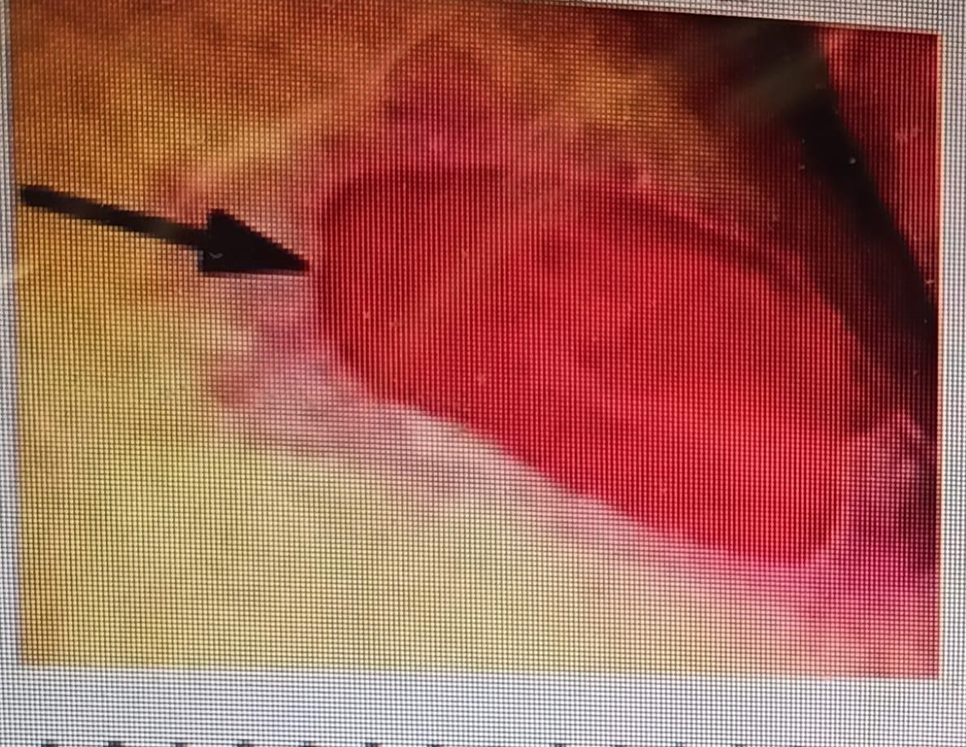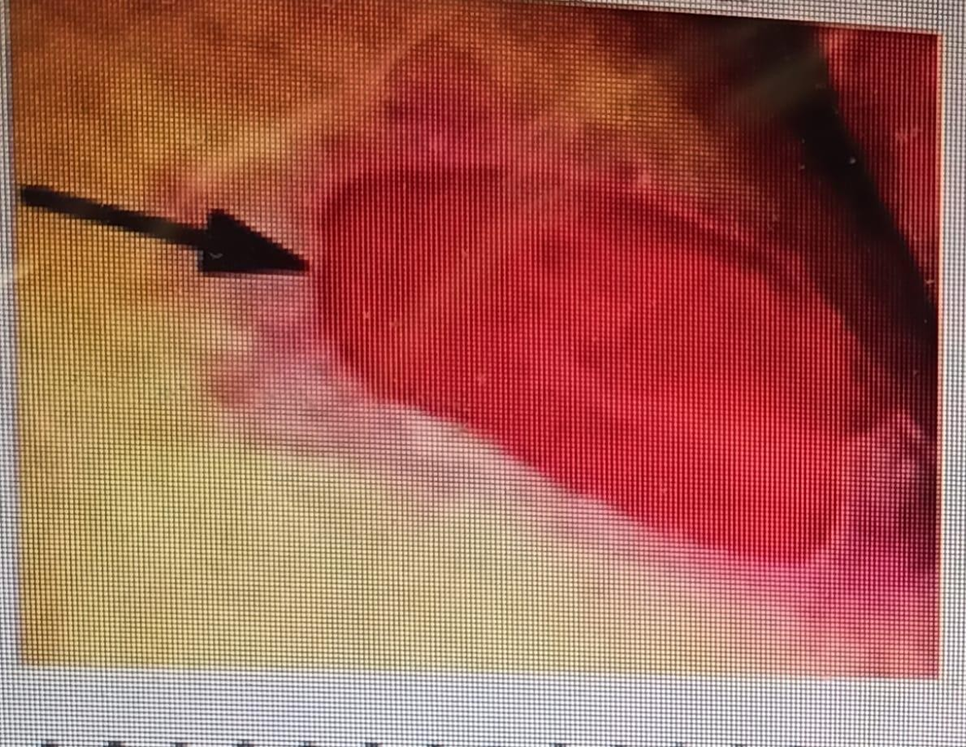A nurse is completing her physical assessment on her newly admitted patient. She is assessing the patient's skin and documenting her findings. How should she document the following wound?

Stage I Pressure Ulcer
Stage II Pressure Ulcer
Stage IV Pressure Ulcer
Stage III Pressure Ulcer
The Correct Answer is B
Choice A rationale: Stage I pressure ulcers consist of non-blanching erythema with an intact epidermis unlike in the above picture.
Choice B rationale: This is correct since Stage II pressure ulcers involve partial-thickness skin loss but do not extend into the deeper layers as shown in the image above.
Choice C rationale: Stage IV pressure ulcers involve full-thickness tissue loss with exposed muscle, bone, or other structures.
Choice D rationale: Stage III pressure ulcers involve full-thickness tissue loss with visible fat but do not extend to the underlying muscle.

Nursing Test Bank
Naxlex Comprehensive Predictor Exams
Related Questions
Correct Answer is B
Explanation
Choice A rationale: A client who is confined to bedrest may not need a gait belt as they are not ambulating.
Choice B rationale: A client with leg strength who can cooperate with movement is a likely candidate for a gait belt. This device provides support and stability during ambulation.
Choice C rationale: A client with a thoracic incision may not necessarily need a gait belt for ambulation unless there are specific mobility concerns.
Choice D rationale: A client with an abdominal incision may not necessarily need a gait belt for ambulation unless there are specific mobility concerns.

Correct Answer is ["0.8"]
Explanation
Volume= dose/concentration
= 12/15
= 0.8 mL
Whether you are a student looking to ace your exams or a practicing nurse seeking to enhance your expertise , our nursing education contents will empower you with the confidence and competence to make a difference in the lives of patients and become a respected leader in the healthcare field.
Visit Naxlex, invest in your future and unlock endless possibilities with our unparalleled nursing education contents today
Report Wrong Answer on the Current Question
Do you disagree with the answer? If yes, what is your expected answer? Explain.
Kindly be descriptive with the issue you are facing.
